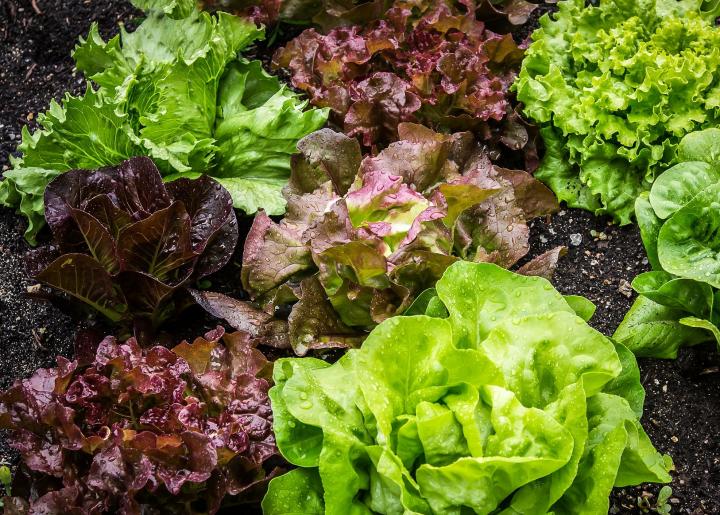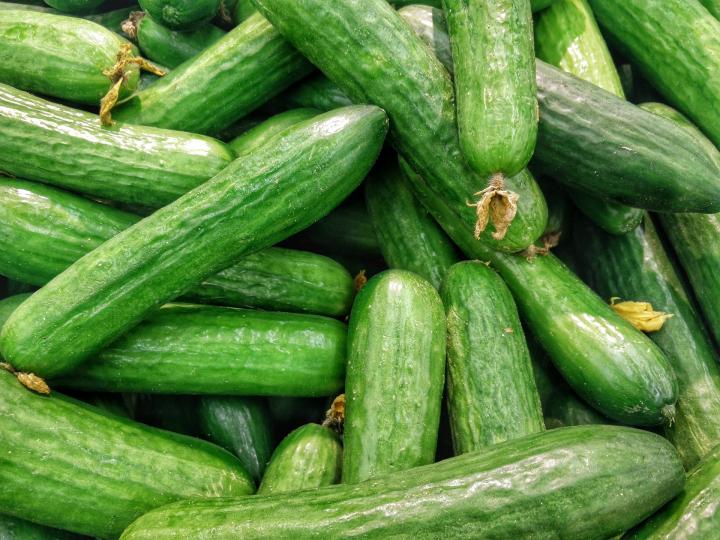Vegetable Gardening for Beginners
Vegetable Gardening for Beginners
Why garden, you ask? How about enjoying the best vegetables and fruit you’ve ever eaten? If you’ve never tasted garden-fresh food, you will be amazed by the sweet, juicy flavors and vibrant textures. There’s absolutely nothing quite like fresh veggies, especially if you grow them yourself—which you can!
It may seem daunting at first, but gardening is a very rewarding hobby. On this page, we’ll highlight the basics of vegetable gardening and planning: how to pick the right site for your garden, how to create the right-size garden, and how to select which vegetables to grow.
Pick the Right Location
Picking a good location for your garden is absolutely key. A subpar location can result in subpar veggies! Here are a few tips for choosing a good site:
- Sunny spot: Most vegetables need 6 to 8 hours of direct sunlight per day. There are a few veggies (mostly the leafy ones) that will tolerate some shade.
- Drains well and doesn’t stay wet: If you have poorly drained soil where water pools, plant veggies in a raised bed or raised row for improved drainage. Wet soil means wet roots, which can turn into rotted roots. If you have rocky soil, till and remove the rocks, as they will interfere with root growth and make for weaker plants.
- Stable and not windy: Avoid places that receive strong winds that could knock over your young plants or keep pollinators from doing their job. Nor do you want to plant in a location that receives too much foot traffic or floods easily. Plant in a location that would make Goldilocks smile—somewhere that’s “just right.”
- Nutrient-rich soil. You soil feeds your plants. If you have thin, nutrient-poor soil, you’ll have poor, unhealthy plants. Mix in plenty of organic matter to help your plants gro. See how to prepare you soil for vegetable plants.

Choosing a Plot Size: Start Small!
Remember: It’s better to be proud of a small garden than be frustrated by a big one!
One of the most common errors that beginners make is planting too much too soon—way more than anybody could ever eat or want! Unless you want to have zucchinis taking up residence in your attic, plan your garden with care. Start small, and only grow what you know you and your family will eat.
Size of Garden
- If planting in the ground, a 10’ x 10’ garden (100 square feet) is a managable size. Pick 3 to 5 of your favorite vegetables and buy 3 to 5 plants of each one.
- If planting in a raised bed, a 4’ x 4’ or 4’ x 8’ is a good beginner size. See our Raised Garden Bed Guide which covers the benefits of raised beds, how to build a raised bed, and what type of soil to fill a raised bed with.
- If you want to go bigger, a 12’ x 24’ garden in the ground is probably the biggest a first-timer should go. For example, a garden that feeds a family of four could include: 3 hills of yellow squash; 1 mound of zucchini; 10 assorted peppers; 6 tomato plants; 12 okra plants; a 12-foot row of bush beans; 2 cucumbers on a cage; 2 eggplant; 6 basil; 1 rosemary, and a few low-growing herbs such as oregano, thyme, and marjoram.
- Whatever the size of your garden: Every four feet or so, make sure that you have paths that allow you to access your plants to weed and harvest. Just make sure that you can reach the center of the row or bed easily without stepping on the soil.

Choosing Vegetables
As a beginner, start by choosing easy vegetables that are also productive. We’ve listed ten easy vegetable below. However, it would also be wise to contact your state’s Cooperative Extension Service to find out what plants grow best in your area. For example, if you live in an area with extremely hot weather, vegetables that prefer cooler temps may struggle.
<iframe width="560" height="315" src="
" title="YouTube video player" frameborder="0" allow="accelerometer; autoplay; clipboard-write; encrypted-media; gyroscope; picture-in-picture; web-share" allowfullscreen></iframe>
